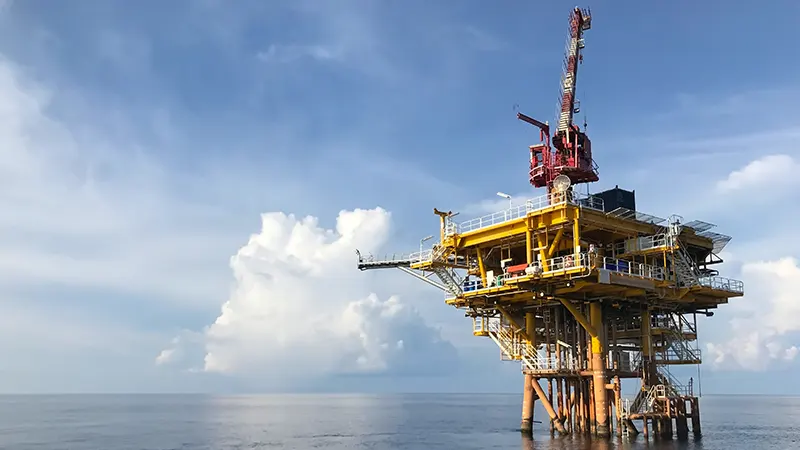
The coiled tubing market is experiencing significant momentum, particularly in North America, due to increased offshore well intervention activities.
A recent report by Allied Market Research titled "Coiled Tubing Market" reveals that the global market was valued at US$3.0 billion in 2020 and is expected to grow to US$4.7 billion by 2030, registering a CAGR of 4.5% during the forecast period from 2021 to 2030.
Coiled tubing—long, continuous steel or composite tubing used in oil and gas operations—has become a key tool for offshore interventions. It offers flexibility, rapid deployment, and minimal surface footprint, making it ideal for offshore applications such as cleanouts, acidizing, fracturing, and stimulation. As operators seek to optimize well performance and prolong the life of maturing offshore assets, coiled tubing has emerged as a cost-effective solution for maintaining and enhancing productivity.
In North America, the presence of substantial offshore resources and a mature oil and gas industry has positioned the region as a dominant player in the coiled tubing market. The U.S. leads in offshore well intervention, supported by continued investment in deepwater and ultra-deepwater drilling. The integration of advanced coiled tubing technologies—such as real-time data monitoring, improved corrosion resistance, and enhanced injectors—has further strengthened its application in complex offshore environments.
Well intervention remains the largest service segment in the market, accounting for a significant share due to its widespread use in maintaining offshore production. Despite the advantages, offshore coiled tubing operations are challenged by high operational costs and equipment wear, especially in high-pressure, high-temperature wells.
However, these challenges are being addressed through technological innovation and automation. Leading oilfield service providers such as Halliburton, Schlumberger, Baker Hughes, and Weatherford are investing in research and development to improve equipment durability and operational efficiency.
With the increase in unconventional and offshore drilling projects, the North American coiled tubing market is poised for continued growth. The demand for safe, reliable, and sustainable well intervention services is expected to rise, reinforcing coiled tubing’s role in the future of offshore oil and gas operations.
The coiled tubing market is experiencing significant momentum, particularly in North America, due to increased offshore well intervention activities.
A recent report by Allied Market Research titled "Coiled Tubing Market" reveals that the global market was valued at $3.0 billion in 2020 and is expected to grow to $4.7 billion by 2030, registering a CAGR of 4.5% during the forecast period from 2021 to 2030.
Coiled tubing—long, continuous steel or composite tubing used in oil and gas operations—has become a key tool for offshore interventions. It offers flexibility, rapid deployment, and minimal surface footprint, making it ideal for offshore applications such as cleanouts, acidizing, fracturing, and stimulation. As operators seek to optimize well performance and prolong the life of maturing offshore assets, coiled tubing has emerged as a cost-effective solution for maintaining and enhancing productivity.
In North America, the presence of substantial offshore resources and a mature oil and gas industry has positioned the region as a dominant player in the coiled tubing market. The U.S. leads in offshore well intervention, supported by continued investment in deepwater and ultra-deepwater drilling. The integration of advanced coiled tubing technologies—such as real-time data monitoring, improved corrosion resistance, and enhanced injectors—has further strengthened its application in complex offshore environments.
Well intervention remains the largest service segment in the market, accounting for a significant share due to its widespread use in maintaining offshore production. Despite the advantages, offshore coiled tubing operations are challenged by high operational costs and equipment wear, especially in high-pressure, high-temperature wells.
However, these challenges are being addressed through technological innovation and automation. Leading oilfield service providers such as Halliburton, Schlumberger, Baker Hughes, and Weatherford are investing in research and development to improve equipment durability and operational efficiency.
With the increase in unconventional and offshore drilling projects, the North American coiled tubing market is poised for continued growth. The demand for safe, reliable, and sustainable well intervention services is expected to rise, reinforcing coiled tubing’s role in the future of offshore oil and gas operations.
To read more about the report or explore insights from other regions, visit: www.world.einnews.com




